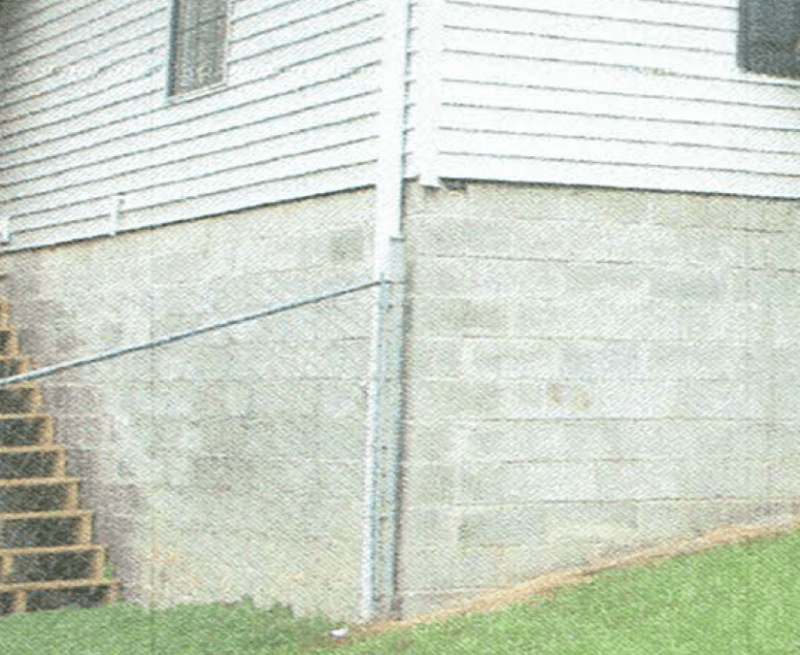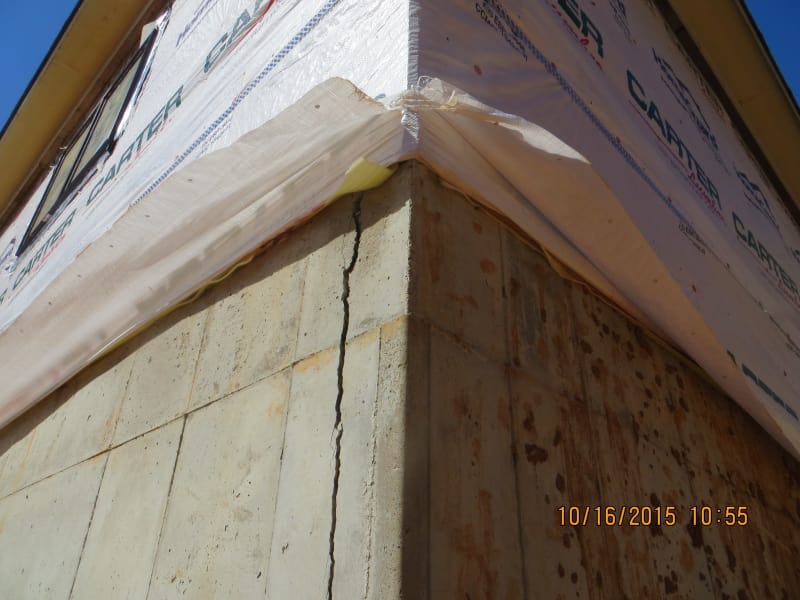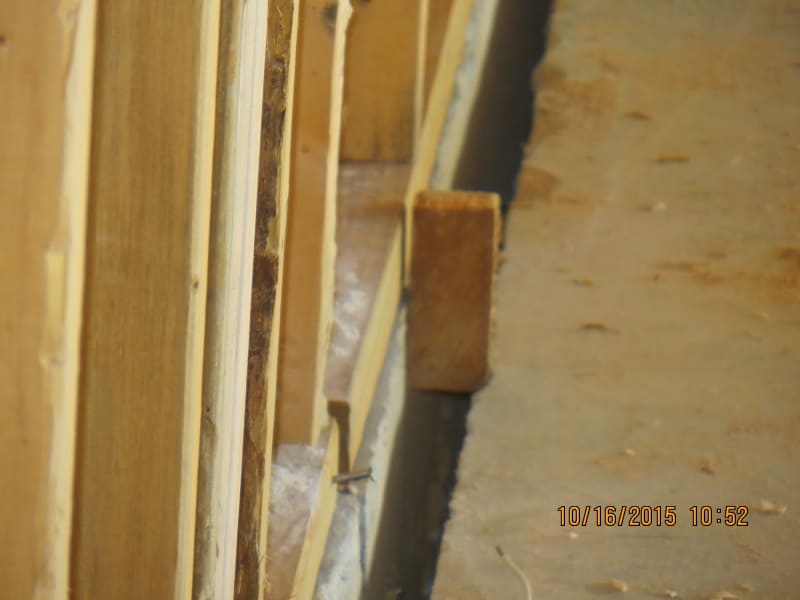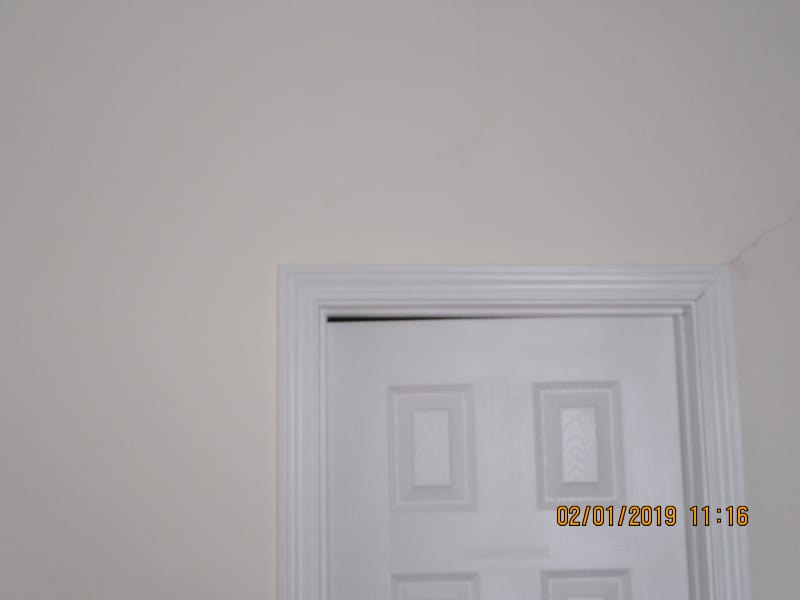What do you call the following type of foundation? This is an 8' tall perimeter masonry wall that has been backfilled. It has a concrete slab floor that is poured on the backfill. I do not call it a simple Slab on Grade (SOG) because it is taller than 4'. For lack of a better name, I refer to it as a Reverse Basement even though it is not a basement at all. In a basement, you are under the floor and the backfill is outside the wall. In this situation, the backfill is under the floor and you are outside. I do not call it an elevated slab, since that tends to indicate you can walk under it.
The building code provides no guidance on how to build this. For this reason, I find these all the time where they are treated and built just like a 4' tall one. I have even seen one of these 14' tall.
So I am just trying to find a reasonable name to call it. So far I only have Reverse Basement or Elevated Slab on Grade. Any other ideas?

The building code provides no guidance on how to build this. For this reason, I find these all the time where they are treated and built just like a 4' tall one. I have even seen one of these 14' tall.
So I am just trying to find a reasonable name to call it. So far I only have Reverse Basement or Elevated Slab on Grade. Any other ideas?


![[idea] [idea] [idea]](/data/assets/smilies/idea.gif)


